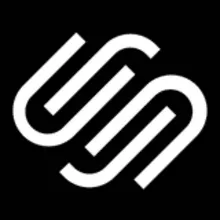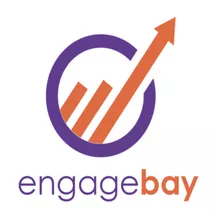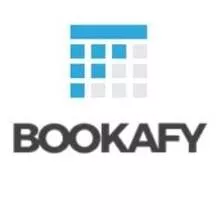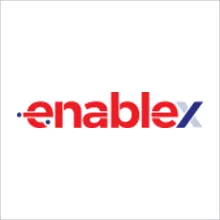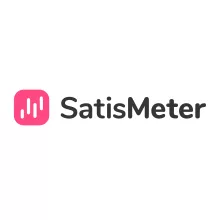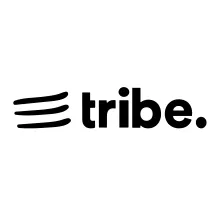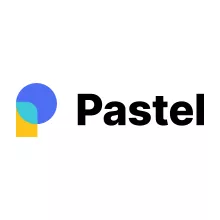Appointment scheduling integrated into Squarespace
Loyalty & Membership: An overview
Traditional loyalty program are similar in that they need users to trade more frequently to gain incentives later. People do not want to wait for benefits in today's world of quick gratification. That is why memberships are so common. Consumers are willing to pay a membership price provided they obtain value, whether for streaming movies on Netflix or delivering weekly food packages. And the same may be said about loyalty. A membership-based loyalty program, also known as a premium loyalty program, instils a sense of exclusivity in your clients and rewards them right away. The concept is straightforward: the customer invests in the brand, and the brand rewards the customer in ways that a standard loyalty program cannot. In addition, a membership loyalty program accelerates and deepens consumer relationships since loyalty is a two-way street. These initiatives target the store and its most loyal consumers, luring them with value at every turn. "membership loyalty" refers to a customer's commitment to a long-term connection. Unlike standard loyalty programs, which focus on acquisition, this focuses on retention.
Loyalty programs have a specific goal. What is it?
Loyalty programs reward consumers for their continued consumption while issuing firms receive various consumer information and data. Businesses may examine anonymous purchases, but loyalty programs offer greater insight into the items that can be purchased together and the most effective incentives to use. Loyalty programs are especially important for high-volume firms that rely on repeat sales. Because it costs more to attract a new client than it does to sell to a current one, the potential of building a loyal following is critical to providing value. If done correctly, repeat consumers may help attract new customers at a fraction of the expense of standard marketing approaches. These programs may foster real brand loyalty when interwoven into the customer's daily routine. Customers frequently become engaged in the program and frequent a hotel, store, restaurant, credit card, or airline primarily for the points or prizes they've earned via its loyalty program.
Advantages of Loyalty and Membership Program:
- Maintenance of Customers: A loyalty program's main goal is to keep consumers by paying them for returning to make purchases. When a person patronises a specific (store or non-store) that they frequently know, likes, and trust, this is referred to as loyalty. A customer loyalty program is a strategy for retaining consumers by providing a compelling reason for them to buy from the firm again and build habits.
- Consumer Trends and Relevant Customer Data: When a customer registers for a loyalty program, their information is stored in the company's database. Companies may utilise this information for omnichannel, offline, and online segmentation and profiling their greatest customers and personalising their services to certain groups of people. Furthermore, loyalty program data can be used to improve inventory management, pricing, and promotional planning, as they provide a comprehensive view of consumer behaviour, purchasing patterns, and preferences.
- Increased Cart Value: A corporation can utilise obtained data to cross-sell and up-sell, as described in the previous section. It can give extended warranties after a purchase, recommend accessories that complement the device purchased, and provide discounts on connected transactions. Furthermore, the loyalty program can help by raising demand during quiet seasons.
- Reduce the number of unprofitable customers: Companies may segment clients and uncover successful and unproductive customers with a well-designed loyalty program. It assists them in reducing the number of clients who only buy cheap lines and shun the premium range consistently. However, these consumer profiles may cost more than they bring in.
- Improved Customer Relations: A loyalty program gives you a direct route to your consumers, making it easier to communicate with them. Due to the recalled products' purchase date and barcode, this is feasible. The recall notification has greater weight and relevance because it is based on the consumer's actual purchase of the affected product. Compared to a store sign or a newspaper notice, this email-borne recall notification is more likely to be read.

